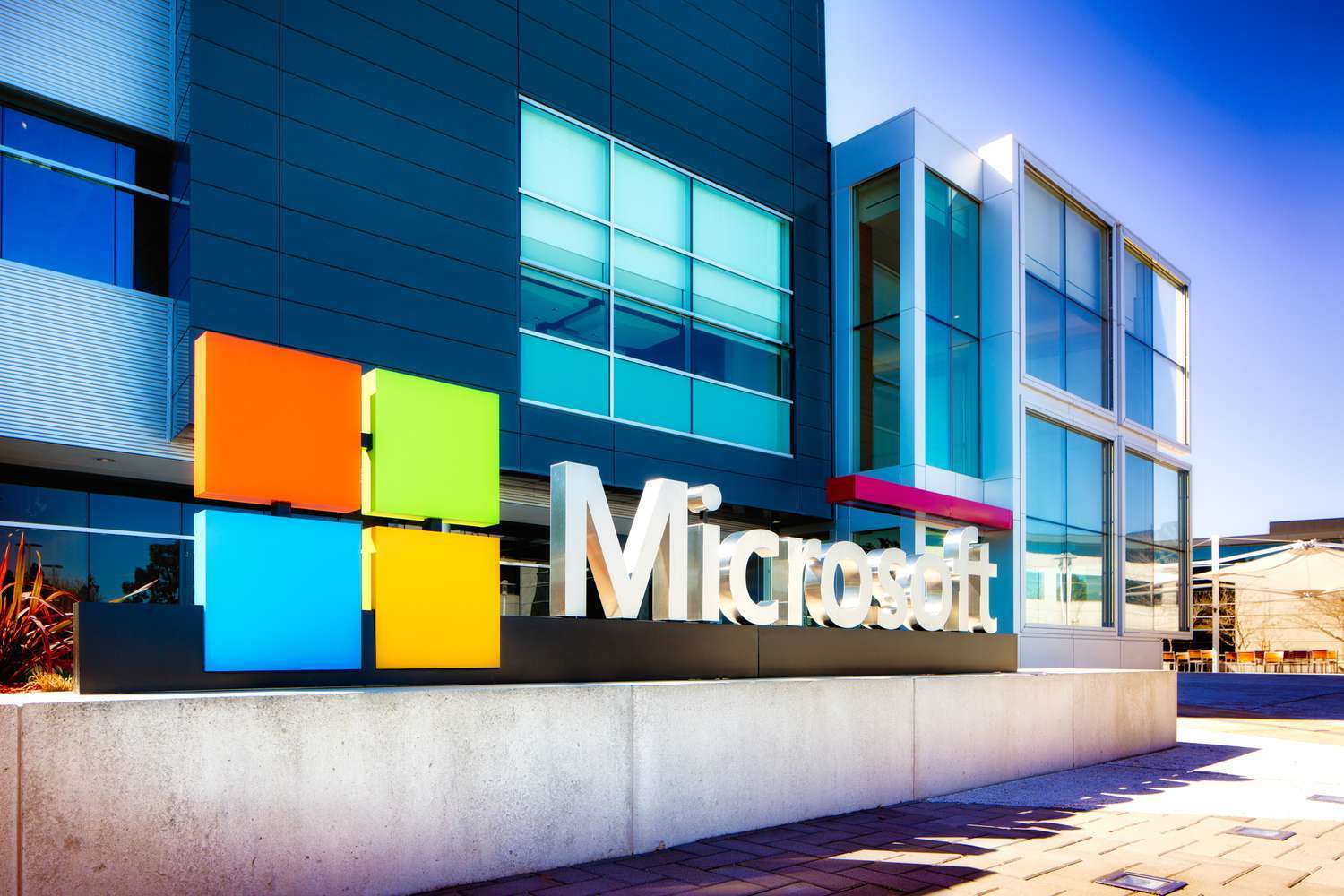Microsoft recently reclaimed its position as the world’s most valuable public company, surpassing Nvidia, a notable leader in the semiconductor industry. This milestone is significant in the ongoing battle among tech giants for dominance in market capitalization.
The shift in rankings is attributed to various factors. Microsoft’s robust performance in the cloud computing sector, continued success in its software business, and strategic investments in artificial intelligence have been pivotal. The company’s Azure platform has maintained substantial growth, bolstered by enterprises’ increasing reliance on cloud services. Additionally, Microsoft’s Office suite and Windows operating system remain critical to its financial stability, providing a steady stream of revenue.
On the other hand, Nvidia, known for its graphics processing units (GPUs) and advancements in AI, has also experienced tremendous growth. The company’s products are integral to gaming, data centers, and professional visualization markets. However, Nvidia’s stock faced fluctuations due to market volatility and supply chain constraints affecting the semiconductor industry. While demand for GPUs remains high, these challenges have impacted the company’s market valuation.
Investors’ confidence in Microsoft’s diversified portfolio and consistent revenue growth has played a crucial role in its resurgence. The company has demonstrated resilience and adaptability in an ever-changing tech landscape, continually innovating and expanding its product offerings. Microsoft’s strategic acquisitions, such as LinkedIn and GitHub, have also contributed to its competitive edge, allowing it to tap into new markets and enhance its technological capabilities.
Moreover, Microsoft’s commitment to sustainability and corporate responsibility has resonated well with stakeholders. The company’s initiatives to reduce carbon emissions and invest in renewable energy have bolstered its reputation, aligning with the growing emphasis on environmental, social, and governance (ESG) criteria in investment decisions.
Nvidia, despite the recent dip in its stock price, remains a formidable player in the tech industry. The company’s innovations in AI and machine learning continue to drive advancements across various sectors. Nvidia’s strategic partnerships and collaborations with other tech firms position it well for future growth, particularly as the demand for AI and high-performance computing solutions escalates.
The competition between Microsoft and Nvidia underscores the dynamic nature of the tech industry, where market leadership can shift rapidly due to technological advancements, market trends, and external economic factors. Both companies exemplify innovation and have significantly impacted the digital economy, driving technological progress and transforming industries.
As the market evolves, it will be interesting to observe how Microsoft and Nvidia navigate challenges and opportunities. The ongoing race for market dominance among tech giants highlights the critical role of innovation, strategic investments, and adaptability in maintaining leadership in a highly competitive landscape.



















































